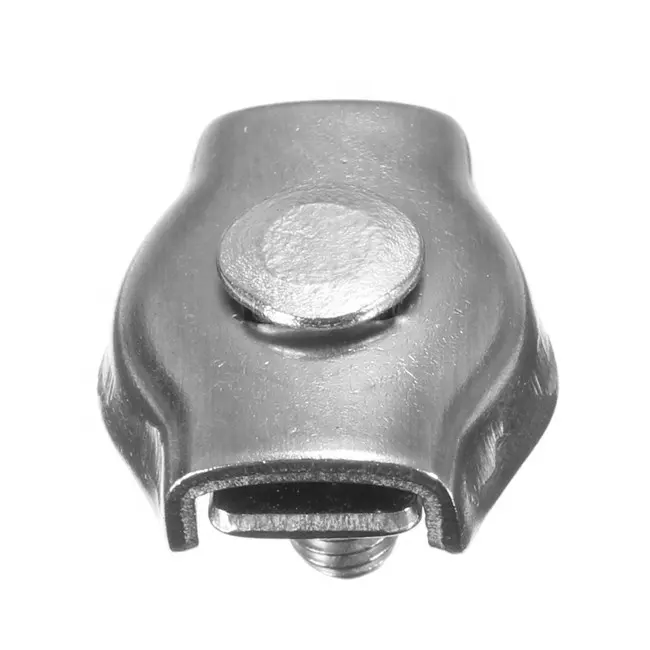News
Jul . 27, 2024 07:36 Back to list
Different Varieties of Wire Rope Clips and Their Applications in Various Industries
Types of Wire Rope Clips A Comprehensive Overview
Wire rope clips are essential components in various industries, providing secure and reliable connections for wire ropes. These clips are used in applications ranging from construction and marine operations to telecommunication and transportation. In this article, we will explore the different types of wire rope clips, their uses, and important considerations when selecting and using them.
1. U-Bolt Wire Rope Clips
The U-bolt wire rope clip is one of the most common types used in various applications. It consists of a U-shaped bolt with two nuts and a saddle. This design allows the wire rope to be securely clamped by the saddle when the nuts are tightened. U-bolt clips are favored for their simplicity and effectiveness. When using these clips, it is important to ensure that the wire rope is properly positioned within the saddle to avoid damage.
2. Wedge Socket Clips
Wedge sockets, or wedge clip cable grips, are another popular type of wire rope clip. These clips utilize a wedged mechanism that securely grips the wire rope, offering a strong connection. They are particularly advantageous in applications requiring minimal space and high strength, such as in overhead lifting. Wedge sockets provide a smoother finish than U-bolt clips, and they can handle higher loads effectively.
Double-saddle wire rope clips feature two saddles rather than one, allowing for a more secure connection. This design is particularly advantageous in high-stress applications where wire ropes undergo significant tension. The double-saddle design spreads the load evenly across the rope, reducing the risk of damage and slippage. When using double-saddle clips, it’s crucial to ensure both saddles are tightened evenly to maintain balance.
4. Self-Locking Clips
Self-locking wire rope clips are a modern innovation designed to prevent accidental loosening. They typically feature a safety mechanism that automatically locks the clip in place once it is installed. This feature makes them particularly valuable in dynamic environments where vibration and movement may otherwise loosen conventional clips. Self-locking clips provide peace of mind, knowing that they will remain secure under various conditions.
types of wire rope clips

5. Specialty Clips
In addition to the common types mentioned above, there are specialty wire rope clips designed for specific applications. For example, some clips are made from corrosion-resistant materials to be used in marine environments, while others have extra padding to protect delicate wires in telecommunications. Specialty clips may also be engineered for unique applications such as lifting, pulling, or guiding wire ropes in specialized machinery.
Considerations for Selection and Use
When selecting wire rope clips, several factors should be considered
- Load Capacity Ensure that the clip can handle the maximum load it will encounter in use. Always adhere to manufacturer guidelines for load ratings.
- Material Different materials offer varying levels of strength and resistance to environmental factors. Stainless steel clips, for example, are excellent for outdoor or marine applications, while galvanized clips may suffice for indoor use.
- Installation Proper installation is crucial to the clip's performance. Follow guidelines for spacing, tightening torque, and inspection.
- Maintenance Regular checks should be performed to ensure that wire rope clips remain secure and show no signs of wear or damage.
In conclusion, wire rope clips play a vital role in ensuring the integrity and safety of wire rope applications across various industries. Understanding the types of clips available and their appropriate uses is essential for effective and safe operation. By choosing the right clip and maintaining it properly, users can enhance productivity while minimizing risks.
